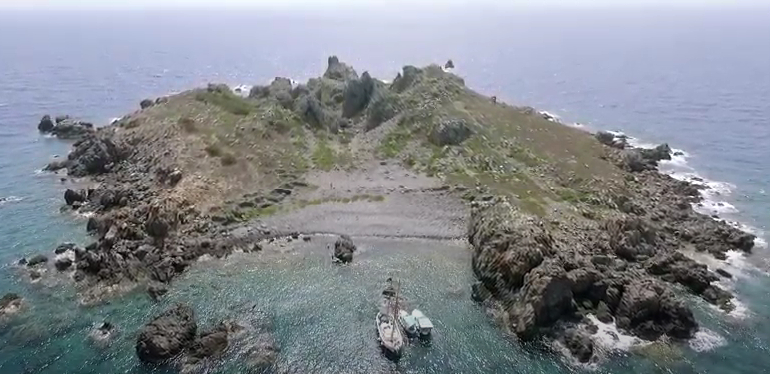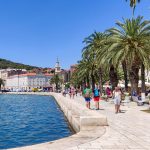As Morski writes, Split-Dalmatia County approved the necessary financial resources for the Geopark Vis Archipelago, more precisely for the “Planet Brusnik” project, which should contribute to the promotion and preservation of the area’s overall natural history and heritage through the creation of educational materials and a workshop on the traditional skill of dry-wall construction.
On top of all of the aforementioned, a very special tourist experience will be the sailing of workshop participants on a traditional Komi boat, as the park’s management team announced.
The island of Brusnik is located about thirteen nautical miles away from the popular Komiza in the west-southwest direction. Although its area is only small, spanning a mere 0.049 square kilometres in total, Brusnik is highly specific because of its geological, natural, cultural and historical heritage. Back in 1951, it was first listed as protected as a geological monument of nature due to the magmatic origin of the rocks from which it was formed, which is a great rarity in the Adriatic Sea since the islands in these waters are mainly formed from carbonate rocks such as limestone and dolomite. The island of Brusnik and the island of Jabuka are the only Adriatic islands made from igneous rocks.
Brusnik is an island that “grows”, and we can find conglomerates of pebbles all the way to the top of the island, which indicates a recent uplift of the island. Brusnik’s pebbles and stones are entirely made up of grey deposits of diabase (a type of igneous rock) of various sizes that are overgrown with algae from the sea, which gives this unique place on the Adriatic an extraterrestrial colour of sorts.
In the middle of the island there is a gorge with a depression filled by the sea, which the local fishermen from nearby Komiza took advantage of and created basins with sea water out of handy larger pebbles for keeping hold of things they’d caught, including lobsters.
On Brusnik’s large slope, you can see the remains of fishermen’s houses built from large diabase pebbles using the dry-wall construction method which is both typical and traditional all over both mainland Dalmatia and on Dalmatian islands. Such miniature houses and shelters, once covered with pine branches from the nearby island of Sveca, served as places for salting bluefish in barrels and as shelter for fishermen from the harsh elements such as the beating sun and winds. There are several endemic species on the island, among which the most famous is the Brusnik black lizard.
The island of Brusnik otherwise belongs to the NATURA 2000 ecological network, and since back in 2019 it has been protected by the UNESCO label.
For more, make sure to check out our dedicated lifestyle section.









